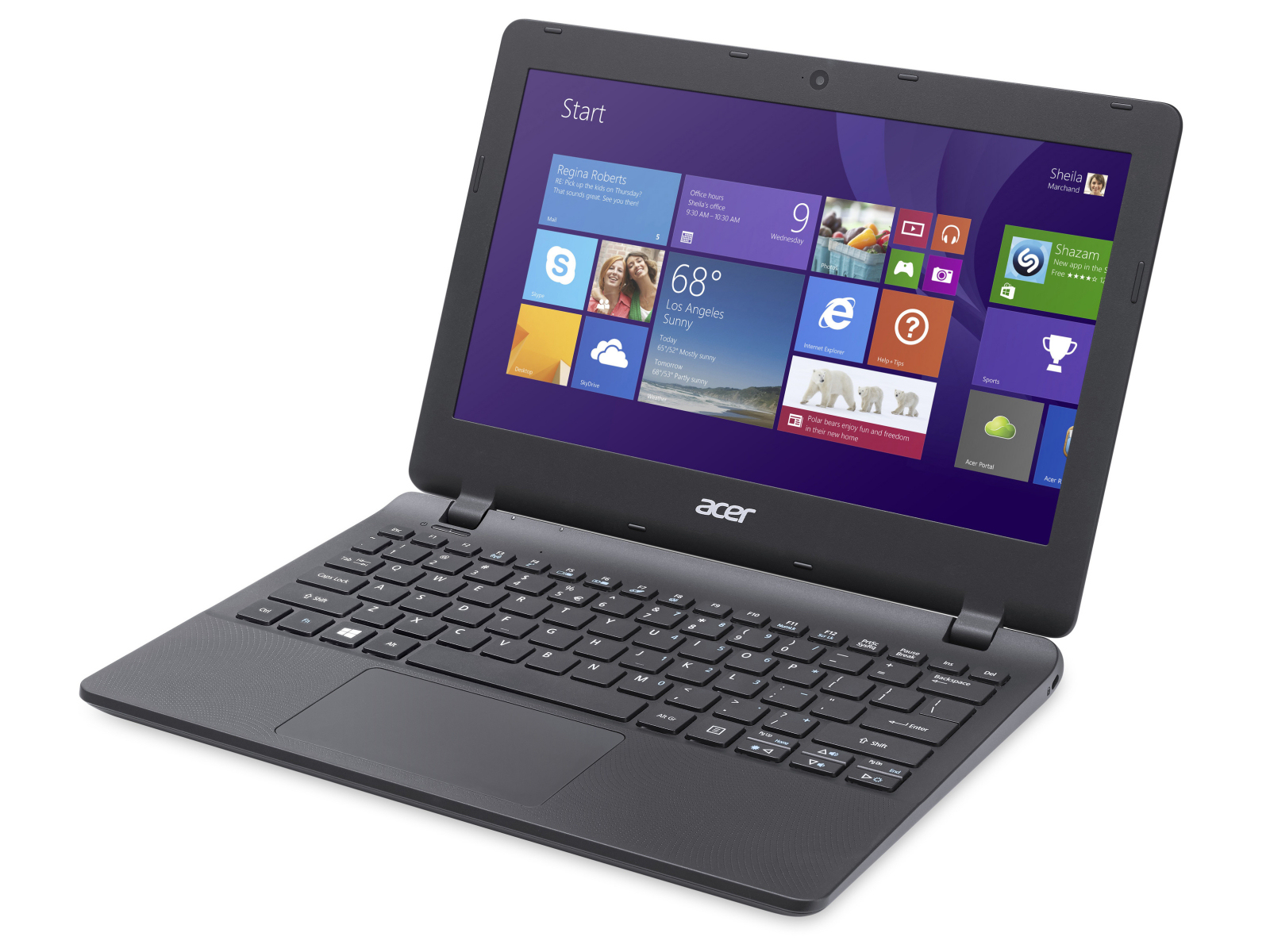Acer Aspire One Battery Calibration Software
By March 25, 2014 • • • If you’ve had a laptop for a while, you may have noticed a rather annoying trend: Windows has lost touch with your battery. Perhaps it’s telling you you’re at 30% then abruptly switching off without warning, or giving you absolutely spurious time remaining readings. This isn’t necessarily an indicator that Windows is overestimating or going mad. It’s usually related to the battery itself; over time, even if you’re scrupulously careful, the amount of charge your battery can hold will decrease. But Windows won’t always keep up — it presumes your battery is as fresh and sprightly as it was when your laptop was new. Luckily, there is a solution. We need to teach Windows about your battery in its current state, calibrating its expectations with reality. Elektronik Elemanlar Ve Devre Teorisi Pdf File.
In order to ensure that your battery is in top shape, you should calibrate it on a regular basis. Some laptops come with a utility that helps you automatically calibrate your battery. But in cases where there is none, here's how you calibrate your Windows laptop manually. First, charge your battery up to 100.
It’s easy to do, but you’ll need a bit of time. Here’s how to show Windows that your battery isn’t as new as the day you bought it. The easy way Many manufacturers include tools for battery calibration among their pre-installed software. It’s quite possible you’ve completely missed this (I certainly tend to ignore pre-installed apps), but have a look through — your laptop’s manufacturer will know more about your battery than Windows does, and running the recommended app should net you the best possible results. Charge it up Alternatively, calibrating manually is a very straightforward process. You’ll need to start by filling your battery up to the brim with power, so plug in your laptop and allow the battery to charge. Once it’s at 100%, leave your machine plugged in for another couple of hours to allow the battery to cool after charging, as heat can slightly alter your results.


Set up battery behaviour On Windows 7, just type power settings into the search bar on the Start menu and hit Enter, or right-click the charging icon on your Taskbar and choose ‘Power Options’. Select Balanced and click ‘Edit plan settings’, then make a note of what each of the boxes under ‘On battery’ is set to. Change them to Never and click ‘Change advanced power settings’. Set hibernation point We want the battery to keep working as long as it can.
Scroll to ‘Battery’ in the list, expand ‘Critical battery action’, and ensure it’s set to ‘Hibernate’. Check ‘Low battery action’ and make sure both of its options are set to ‘Nothing’, then expand ‘Critical battery level’. We’ll choose 5 per cent here, which should give your machine enough power to enter its hibernation state. Let it drain! Click OK on the Power Options window, then select ‘Save changes’ on the Plan Settings window, and you’re ready to discharge your battery.
Just unplug your laptop and continue using it normally, or leave it switched on to discharge. If you’ve set up Windows correctly, it won’t enter sleep mode and the screen won’t turn off. It will then hibernate at the battery’s lowest level. Wait, then charge You’ll now need to wait a while for your battery to settle (we’d recommend at least five hours, so leaving it overnight might be a good bet) before plugging it back in and charging back to full power. You can switch on and use your computer during this process, because the key step has been done: teaching Windows how long it takes to go from fully charged to completely empty. Revert your settings If you want to get the most out of your battery, change your power settings back to how they were before the calibration process, or better. You might want to switch the screen off sooner when your laptop is running, for example, and send your computer to sleep after 10 minutes to conserve power when you step away from the keyboard, but it’s up to you.
It’s taken many hours — depending on the state of your battery, and the power of your laptop, it might have been nearly a day — but Windows should now have a proper idea of the capacity of your laptop’s battery. As it ages, though, it might lose touch again, so repeat the process as and when it seems like you’re not getting the correct report of the battery percentage remaining.